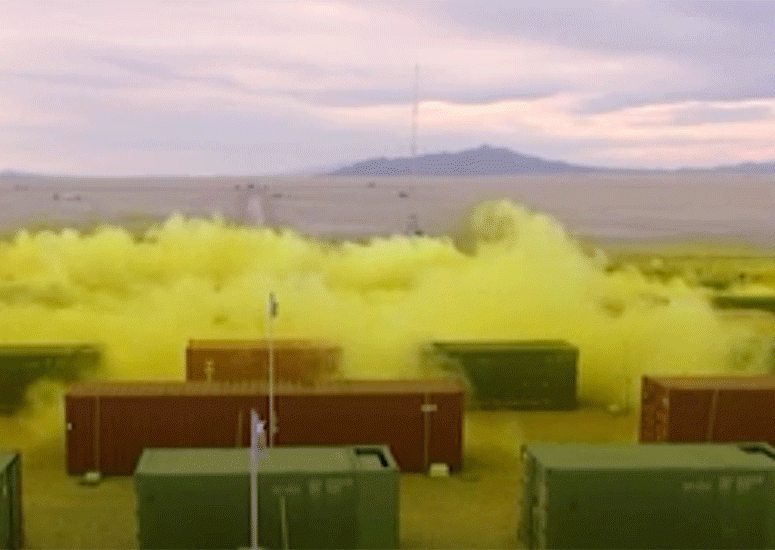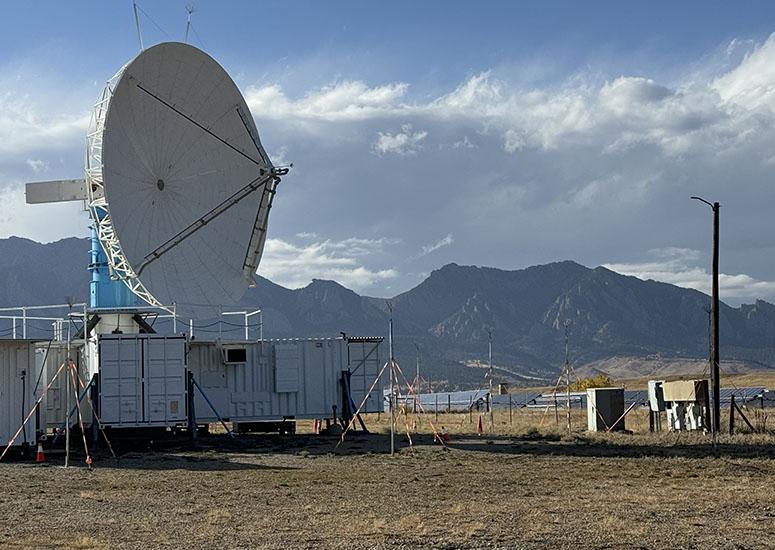Tag: Observing
-
Pieternel Levelt selected as member of Royal Netherlands Academy of Arts and Sciences
Pieternel Levelt, director of NSF NCAR's chemistry lab, has been honored as a member of the Royal Netherlands Academy of Arts and Sciences.
- Air Quality
-

NSF NCAR provides critical guidance to U.S. military planners
NSF NCAR scientists have developed a suite of high-technology tools that give military leaders vital intelligence about weather and climate conditions.
- Weather
-

Instrumentation dream team
Scientists at the U.S. National Science Foundation National Center for Atmospheric Research (NSF NCAR) are proposing a sensor network called the LOwer Troposphere Observing System (LOTOS). LOTOS aims to improve observations of the troposphere, the lowest region of Earth's atmosphere, by simultaneously sampling the atmosphere horizontally and vertically.
- Data
-
50 years of falling
Over the last half century, the NSF NCAR Dropsonde Program has remained the leader in developing dropsonde technology.
- Climate,
- Weather
-
Scientists make gains in mystery of missing snow
The SOS field project has yielded clues about the sublimation of snow in a mountain environment.
- Water

